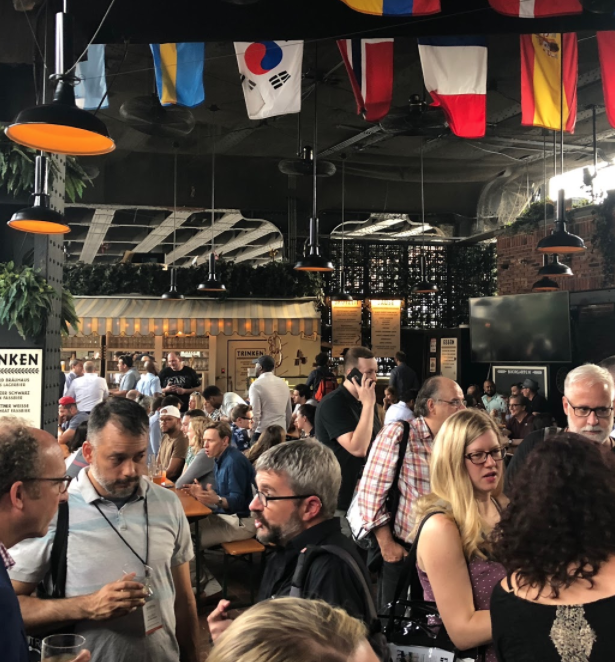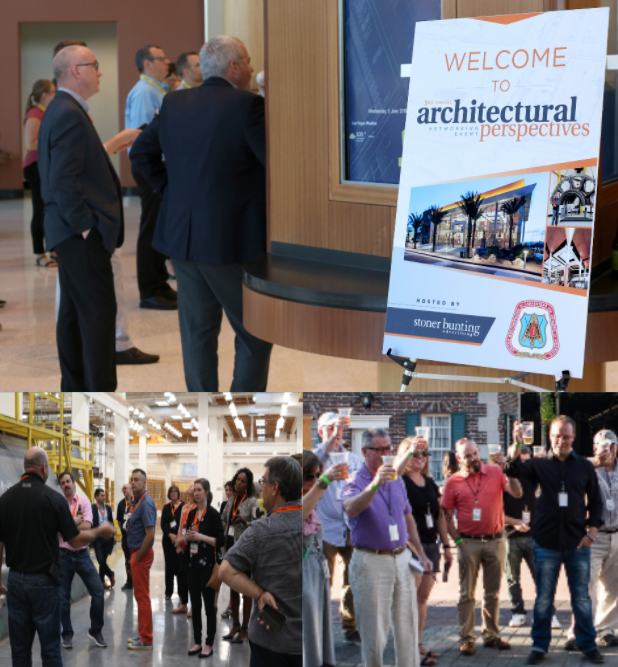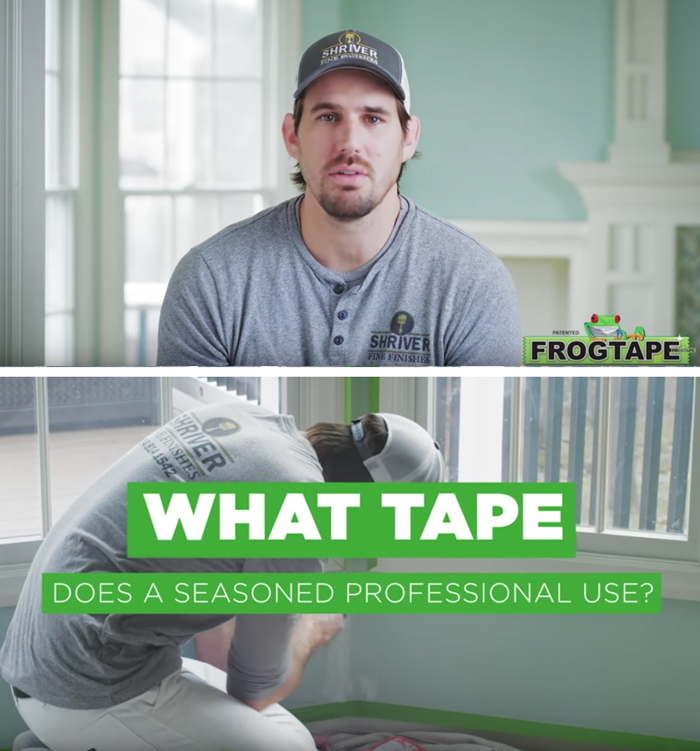Relationships with top trade publications = coverage you can count on
As the lines between paid, earned and owned media blur, the role of PR has moved far beyond writing press releases and getting coverage. Strategic PR is about nurturing relationships, making connections, and cultivating opportunities to engage our network of influencers with your content and your brand.
When it comes to PR, what you know is only as important as who you know. It’s the relationships you nurture, the connections you draw, and the opportunities you cultivate. Specializing on the home and building products industry enables us to build strong relationships with a focused group of influencers and publications. And that third-party validation builds your credibility with architects, designers, contractors and consumers.
Pitching & Media Coverage
Driving brand awareness and visibility with PR coverage
The definition of public relations in the age of multi-channel marketing is constantly evolving to include all sorts of programs and tactics that garner coverage. But no matter how much the discipline of PR evolves, solid fundamentals will always be required: building the relationships with the media and pitching strategic content to generate editorial coverage that drives brand awareness.
Partnering with Stoner Bunting for PR services that lead to measurable coverage for your brand includes four key activities:
Strategic counsel
A PR engagement will always begin with a strategic plan, but with the way markets and landscapes shift, ongoing collaboration and strategic concepting with key contacts will be necessary throughout the partnership. Stoner Bunting is here to listen and help make good decisions together, acting as a sounding board to vet and plan initiatives.
PR content development
Of course this includes writing press releases for new products, partnerships, campaigns and events. But it’s much more than that. We live and breathe trade media. Because of our close relationships with these publications, we know how to give the media the information they want and need, maximizing editorial pick up. This includes long form content development, which we conceive and implement through a strategic triangulation process that includes monitoring editorial calendars to understand what content is timely, considering the biggest trend lines and industry buzz, and understanding what clients want to promote.
Pitching the content
Whether it’s placing a product press release announcement or securing large case study contribution, balancing the desires of the media, the audience, and the client is the secret to boosting our pitch success rate. We are always looking for that unique opportunity to engage specifiers with the right messaging, in the right place, at the right time.
Reporting on the results
The only way to know if what we are doing is working is to measure outcomes. The strategic plan that guides our PR activities includes a set of goals and KPIs against which we and our clients agree success will be measured. By keeping those goals top of mind throughout the relationship and measuring those KPIs and reporting them on a quarterly basis, we can adjust course and tactics as needed to reach the goals. The result is clients that know what to expect and are never surprised or disappointed.
Opportunity Cultivation
Close media relationships deliver exclusive client opportunities
Standard PR services should always include fundamental activities such as PR writing, pitching, monitoring and reporting. But at the end of the day, the true value of an experienced PR team is in the relationships we build, grow and leverage on our clients’ behalf and our creative knack for cultivating non-traditional and engagement-heavy opportunities. Whether we are introducing a brand to an editor, building affinity for products with influencers or networking on a client’s behalf at an industry event, these ongoing hunting activities bolster overall PR efforts and serve to bring the brand closer to the audience you seek.
Examples of media opportunity cultivation include:
- Custom pitches to top editors accompanied by case studies
- Vetting and recommending sponsorship opportunities
- Discovering philanthropic events and/or causes
- Showhouse inclusion
- Custom sponsorship opportunities at industry events
As media insiders, we operate as a one-stop-shop for editors. They know us well, and they know we have their backs. They turn to us to provide them with the content they need to fill their pages – which means our clients’ products are elevated for selection. Editors often pick up the phone to call us and ask us what is trending, allowing us to put our partners’ products, case studies and story ideas front and center.
In addition, they depend on us to not only provide editorial, but to influence it. Our media contacts believe in our partnership so much that in some cases we are brought in to help determine editorial themes ahead of its public release. We have worked directly with one large construction specification publication to map out articles for the entire year. That means there are times when we have large features and case studies secured before others in the industry even know what the topics for the year might be.
And because of these strong editorial ties, we often get reduced pricing or a first pick at new sponsorship opportunities and event participation. We put the emphasis on the relationships in public relations, and the result is bigger, better opportunities for our clients.
Influencer Events
Big budget tradeshow booths aren’t always the answer.
The big shows in the design and construction world – events like AIA, NeoCon, KBIS, IBS – feature on average between 500 and 700 different booths and exhibits, some of which take up more than 10,000 square feet of floor space. Not every brand can make that kind of investment to grow awareness or launch a new product to the trade. Fortunately, they don’t have to. Architect, design and contractor audiences engage with each other. They trust their peers more than they trust marketing.
 An effective way to engage architects and designers is to create in-person events that foster direct connections in unique environments that yield memorable experiences. No matter where they are in the sales process, this creates a rare opportunity to connect organically with them one-on-one and spark valuable relationships that simply can’t be duplicated via email or phone calls. Meeting in these types of settings, you have an opportunity to create loyal customers. Whether it be at trade shows, intimate dinners, small VIP social gatherings or presentations, you’re able to create memories with staying power.
An effective way to engage architects and designers is to create in-person events that foster direct connections in unique environments that yield memorable experiences. No matter where they are in the sales process, this creates a rare opportunity to connect organically with them one-on-one and spark valuable relationships that simply can’t be duplicated via email or phone calls. Meeting in these types of settings, you have an opportunity to create loyal customers. Whether it be at trade shows, intimate dinners, small VIP social gatherings or presentations, you’re able to create memories with staying power.
Stoner Bunting’s Annual Influencer Event

 For three consecutive years, on the eve of the annual AIA Convention, Stoner Bunting has hosted an exclusive networking event we call Architectural Perspectives. This special event unites influential architects and designers from across the country with editors representing the trade media as well as a select group of manufacturers. Past events have included a behind-the-scenes tour of Disney World’s Epcot, a private architectural tour of New York City’s High Line, and an accredited tour of the International Training Center of the United Brotherhood of Carpenters and Joiners in Las Vegas.
For three consecutive years, on the eve of the annual AIA Convention, Stoner Bunting has hosted an exclusive networking event we call Architectural Perspectives. This special event unites influential architects and designers from across the country with editors representing the trade media as well as a select group of manufacturers. Past events have included a behind-the-scenes tour of Disney World’s Epcot, a private architectural tour of New York City’s High Line, and an accredited tour of the International Training Center of the United Brotherhood of Carpenters and Joiners in Las Vegas.
Architects and designers enjoy the time to network with each other and discuss their work with the media. Editors have the opportunity to mingle with potential content resources and advertisers. And of course, manufacturers value the one-to-one relationships they can build and insights they receive from the professionals who specify their products.
Influencer Programs
More Contractors, Fewer Kardashians: B2B influencer marketing looks different from B2C but can be just as powerful
As we look at develop influencer marketing programs clients in the home and building products industry, we always keep in mind the ways in which B2B influencer marketing is similar to and different from consumer influencer programs and adjust our approach and expectations accordingly.
The primary advantage of any influencer program is the ability to reach target audiences clients might not have found through traditional marketing tactics. As valuable as this advantage is in the consumer marketing world, it is even more important to B2B marketers. Visibility and credibility are persistent challenges when your audiences are time-crunched professionals with a highly developed marketing radar.
The right influencer matters
 Working with a respected influencer in the industry who is willing to share their genuine opinions and expertise is a powerful way to gain visibility and build real credibility. Granted, the size and scale of a B2B influencer program will be different. The kind of micro-influencers available for niche B2B audiences are generally more authentic – not to mention more affordable – than their B2C equivalents. But they also take a little more time and effort to identify.
Working with a respected influencer in the industry who is willing to share their genuine opinions and expertise is a powerful way to gain visibility and build real credibility. Granted, the size and scale of a B2B influencer program will be different. The kind of micro-influencers available for niche B2B audiences are generally more authentic – not to mention more affordable – than their B2C equivalents. But they also take a little more time and effort to identify.
Identifying the right influencers is essential. Authenticity matters – especially with contractors and professionals who can spot a phony from a mile away. That’s why we start the search with professionals who already use and admire the brand. Influencers who will shill for any sponsor won’t move the needle as much as those who are more selective and display genuine passion for a client’s products.
Creativity at the core
Stoner Bunting believes that B2B influencer marketing can be just as creative and fun as B2C. It’s all about having the right attitude to engage the audience. Once we have selected an influencer we know appeals to the audience, it’s important to be flexible and let the influencer be themselves. Influencers are great storytellers. It takes a leap of faith to relax and go with the flow, but ultimately letting them tell their stories in a way they know resonates with their audience will confer authenticity and credibility on the brand.
When developing influencer marketing programs, we will leverage our relationships to identify and approach:
- Established influencers
- Engaged professionals
- Existing media contacts
Our approach to getting influencers to talk about brands and products is different for each influencer type and depends on the goals of the program, but can include:
- Social media contests
- Media partnerships
- Product trial and feedback programs
Our strategic approach to influencer communications and content development typically includes a mix of tactics, such as:
- Social media posts
- Blogs
- Video content
- Email outreach
- Podcasts
